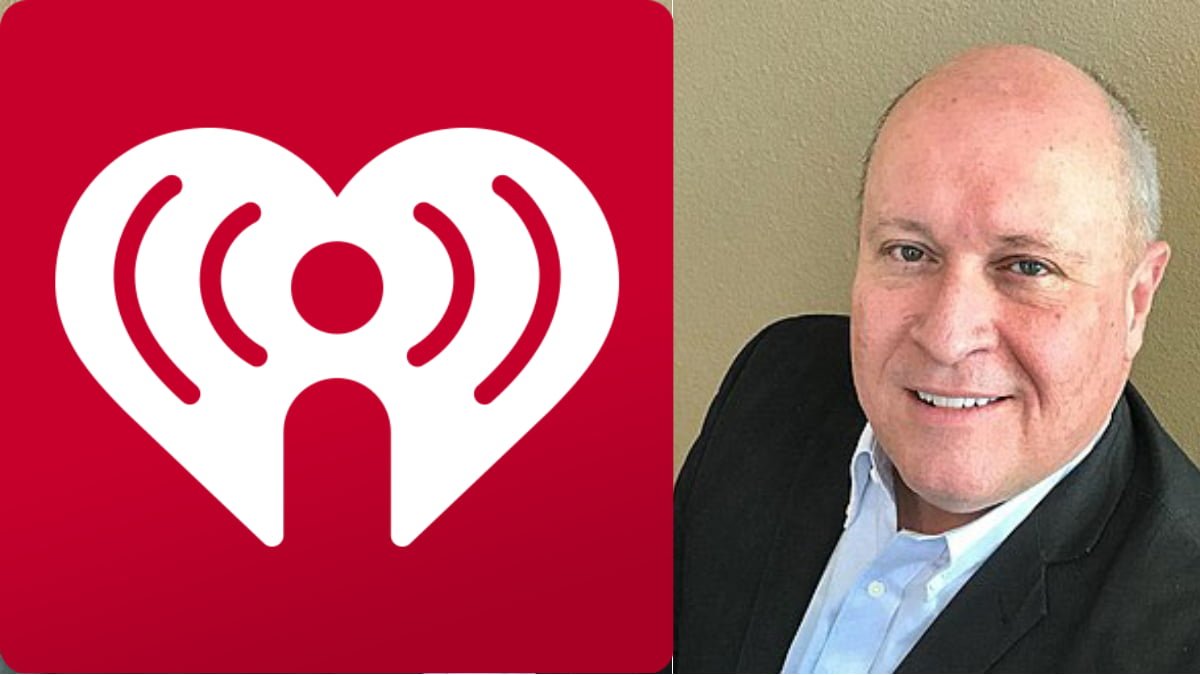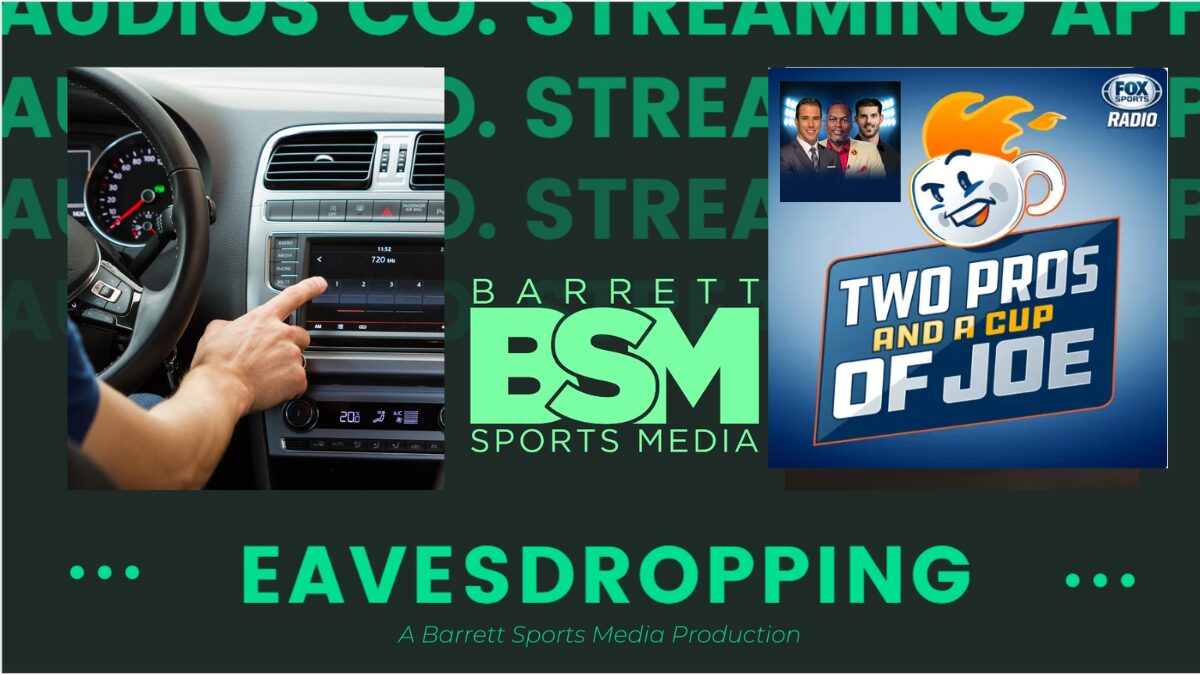I listen to a lot of radio – a lot of radio. To be more specific, I listen to a lot of radio station’s streams and apps.
I often wonder if the people responsible for the content listen to their product on their streams and apps. Probably not. Listening might be a shocking experience, and not necessarily in a good way. The stream often seems to be the station’s red-headed bastard stepchild.
Let’s consider how vital streams are to listenership, revenue, and the most common issues that make listening on radio station digital platforms less enjoyable than listening over the air.
Jacobs Media’s TechSurvey 2024, released just a few weeks ago, is a reminder of how listening is shifting from traditional radios to digital platforms, including computers, mobile devices, and smart speakers.
Here’s a quick refresher on a couple of findings from Jacobs Media TechSurvey. Actual radios are disappearing from homes. In TechSurvey 2018, 83% had a working radio that they used in their home. That’s dropped to 74% in TechSurvey 2024.
Listening on an AM/FM radio is being replaced by streaming, mobile apps, and smart speakers.
The chart below shows the decline in listening on AM/FM radios from 85% in 2013 to under 60% in the past two years. During the same period, listening on digital platforms rose from a meager 14% to 38%. The trend of more listening on digital platforms will undoubtedly continue.

In a perfect world, Nielsen would report broadcast and digital listening in single-line reporting, but the recent spat of first-quarter earnings reports shows why that’s unlikely to happen.
- For Q1-24, Audacy reported radio revenues decreased by 2% while digital revenues were up 10%.
- During iHeart’s Q1 earnings call, the company reported that the Digital Audio Group’s revenues are pacing up high-single digits in the second quarter, with the Multiplatform Group tracking down mid-single digits.
- Saga’s new President/CEO discussed protecting radio’s traditional seven-percent (7%) share of advertising and the steps the company has taken to earn its portion of the 60% of budgets marketers spend on digital advertising.
- In Q1-24, Townsquare Media reported it earned more than 50% of its revenue from its Digital First Local Media strategy for the second consecutive quarter.
Reports like these ensure that the digital platforms and on-air signals will be sold separately for the foreseeable future.
Therefore, treating the digital delivery systems with as much care as the over-the-air product is critical.
A few primary issues plague the majority of radio station streams I hear.
- Levels: The processing takes care of most levels over the air – not so much on the stream. I notice it the most when listening to play-by-play; maybe that’s on the leagues, but who’s responsible for station IDs and rejoins blasting at double the volume of the play-by-play? Typically, the volume of the spots is somewhere in between – although it varies market-by-market, team-by-team.
- Traffic: The stream is important enough to match the traffic logs to the on-air logs. Having spots cut off at various times on the stream to rejoin content or rejoining content in progress should no longer be acceptable.
Programmers and brand managers should ensure that traffic can use promos of varying lengths to match stop-set lengths on-air and on the stream.
- Repetition: Some stations have started to match stop-set lengths. However, some of those stations have a limited number of promos that never seem to change. Create a few more or rotate them in and out.
Radio is a reach and frequency medium. We love clients that run a heavy schedule, just as we repeat the hits.
Nonetheless, there is a point where it becomes ridiculous. To be specific: Hello, MLB. Nearly every game, in every city, repeats the same three spots, in the same order, between every half inning, for every pitching change, and every time-out. Hearing the same stop-set run 25 times (nine innings times two, plus a handful of pitching changes and time-outs – 25 is not an exaggeration, and maybe low) is enough to drive a listener insane. I’m thankful when a board op falls asleep (or is in the bathroom) and the local break (partially) runs.
- Restarts: It’s jarring when a hiccup causes a section of programming to repeat. It happens with a verse or line in a song, a statement repeats, or a game skips back a play or two. I’ve asked why these skips happen but never received an understandable explanation.
None of these examples happen regularly over the air. No programmer would tolerate them, but they occur frequently on nearly every stream I listen to.
Programmers and brand managers should listen to their digital platforms and not just the over-the-air delivery of the content they work so hard to create.
If broadcasters want people to continue listening to their content, as listening continues to move from traditional AM/FM radios to digital platforms, radio stations must clean up the digital listening experience.
Andy Bloom is president of Andy Bloom Communications. He specializes in media training and political communications. He has programmed legendary stations including WIP, WPHT and WYSP/Philadelphia, KLSX, Los Angeles and WCCO Minneapolis. He was Vice President Programming for Emmis International, Greater Media Inc. and Coleman Research. Andy also served as communications director for Rep. Michael R. Turner, R-Ohio. He can be reached by email at andy@andybloom.com or you can follow him on Twitter @AndyBloomCom.







